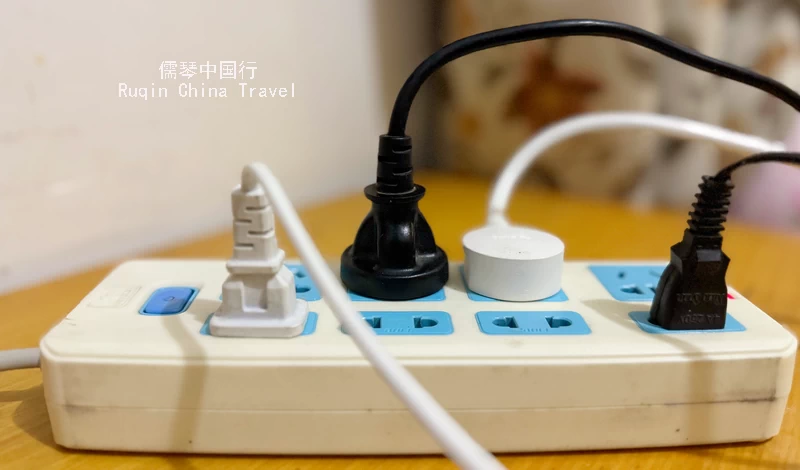Before traveling to China, it’s crucial to familiarize yourself with the power plugs, sockets, and voltage in China. Electrical systems can vary significantly from one country to another, and understanding the differences can prevent potential inconvenience or damage to your electronics. Whether you’re visiting for business or leisure, being prepared will help you enjoy a seamless experience when charging your devices or using electrical appliances. This guide will provide all the essential information you need about plugs, sockets, adaptors & voltage in China.
1. Power Plugs and Sockets in China
China uses several types of power plugs and sockets that may differ from those in your home country. The two main types you’ll encounter are Type A and Type I.
Type A: This type features two flat, parallel pins. Type A plugs are ungrounded and designed for a 220V supply voltage. The frequency in China is 50 Hz, which is important to note, as many countries (such as the United States) use 60 Hz.
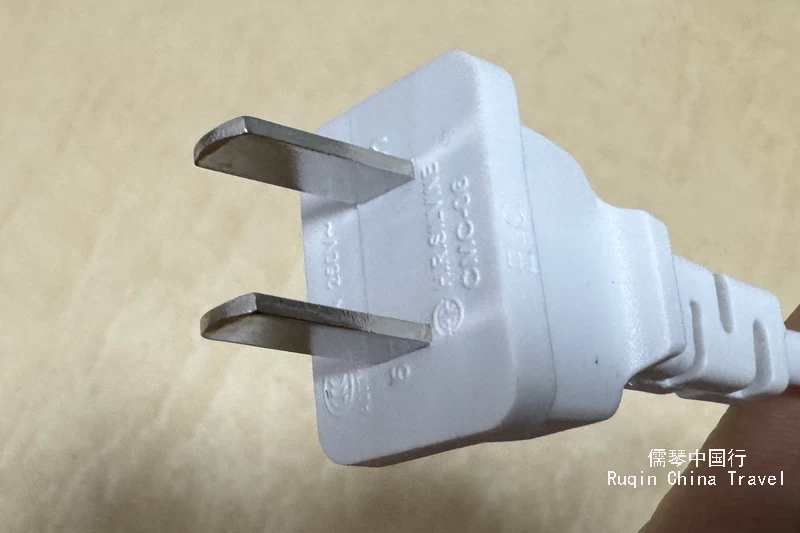
Type I: This plug has three flat pins arranged in a triangular pattern. It includes two flat pins for live and neutral, and a third pin for grounding. Similar to Type A, the voltage in China is 220V at 50 Hz.
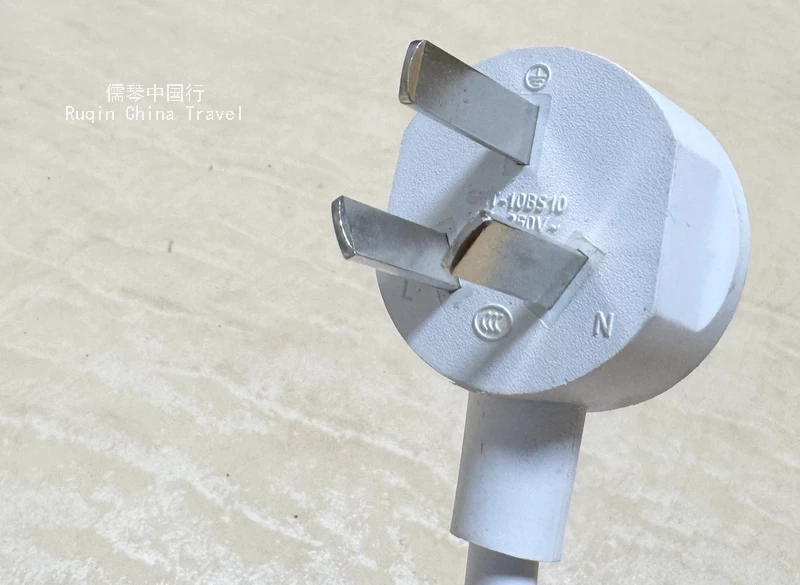
Chinese sockets are designed to accommodate these plug types. A standard wall socket typically has two flat pins (compatible with Type A plugs) on the upper part, and three flat pins (used for Type I plugs) on the lower part for grounding. You may also find sockets that can fit European two-round-pin plugs, so it’s crucial to check the compatibility of your devices beforehand.
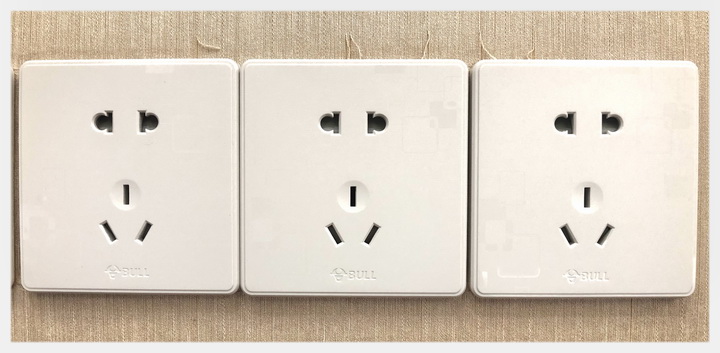
Knowing which plug types are used in China will help you choose the correct travel adapter, allowing you to connect your devices to local power outlets without hassle.
2. Travel Adaptors for China
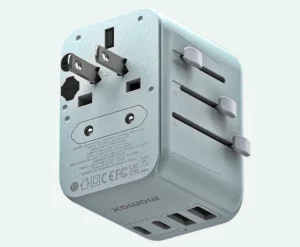
When traveling to China, you’ll likely need a travel adapter to fit your home country’s plug into the Chinese sockets. Adapters are essential for ensuring your devices can physically connect to the local electrical outlets.
However, it’s important to understand that adapters do not convert voltage. They only allow you to fit your device’s plug into a different socket. If your devices require a different voltage (for example, 110V as used in the United States), you will also need a voltage converter to avoid damaging your electronics.
Before traveling, check the voltage requirements for your devices. Most modern electronics like laptops and smartphones can handle a wide range of voltages (usually 100V–240V), but older appliances or specific devices may need a voltage converter. In some cases, a transformer might be necessary to safely convert the voltage for your device.
3. The Standard Voltage in China
China operates on a 220V supply voltage and a 50 Hz frequency. This is common in many countries across Asia, Europe, and Africa. However, if you’re coming from North America, where the standard voltage is typically 110V-120V, it’s important to take precautions.
Before plugging in your device, double-check that it is compatible with 220V. Many modern gadgets such as smartphones, cameras, and laptops are designed to handle both voltages, but older appliances or specialized equipment may not be. If your device is not compatible with the higher voltage in China, it could be damaged, so it’s best to take the necessary steps to ensure compatibility.
4. Use Voltage Converters or Transformers in China
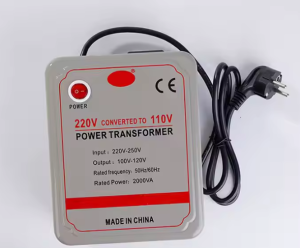
If your device requires a voltage different from the local supply in China (220V), you’ll need to use a voltage converter or a transformer. These devices step up or step down the voltage to a level that your electronics can safely handle.
- Voltage Converters: These are typically used for small, low-wattage electronics such as phone chargers, hairdryers, or small kitchen appliances. When choosing a voltage converter, make sure it matches the wattage of your device.
- Transformers: For larger, high-wattage devices like power tools or home appliances, a transformer may be required. These are more powerful and offer more precise voltage adjustments.
Before purchasing a converter or transformer, check the wattage of your devices to ensure you select the right model. A device that requires 100W should not be used with a converter rated for only 50W.
Consult an Expert or Manufacturer
If you’re unsure about your device’s compatibility with Chinese voltage, it’s a good idea to consult the manufacturer’s specifications or seek advice from an electrical expert. This is particularly important for larger appliances, as using the wrong type of converter or transformer could result in permanent damage to your devices.
Conclusion
By understanding the plugs, sockets, adaptors & voltage in China., you can ensure that your devices work smoothly during your stay. The key is to plan ahead—familiarize yourself with the types of plugs and the voltage used in China, check your device’s compatibility, and use the right travel adapters or converters when necessary. This will help you avoid inconveniences, protect your electronics, and enjoy your trip to China without electrical concerns.
More China Survival Guide
Prepare for smooth travels with the China Survival Guide, your go-to resource for practical advice on navigating daily life in China. From essential language tips and transportation know-how to safety guidelines and local etiquette.

